Hot Runner Controller: The Ultimate Guide to Advanced Injection Molding Control
Hot runner controllers represent one of the most critical advancements in modern injection molding technology. These sophisticated electronic systems precisely manage the temperature of hot runner systems, ensuring optimal melt flow, consistent part quality, and maximum production efficiency. As the demand for complex plastic components continues to grow across industries such as automotive, medical, and consumer goods, the role of hot runner controllers has become increasingly vital.
Modern hot runner controllers integrate advanced microprocessors, sophisticated algorithms, and user-friendly interfaces to deliver unprecedented control over the injection molding process. This comprehensive guide explores the technology, benefits, and implementation strategies for hot runner control systems.
Understanding Hot Runner Control Technology
Hot runner controllers are specialized temperature control units designed specifically for managing the thermal conditions within hot runner systems. Unlike conventional temperature controllers, these systems must handle multiple zones simultaneously while maintaining precise thermal stability across complex manifold configurations.
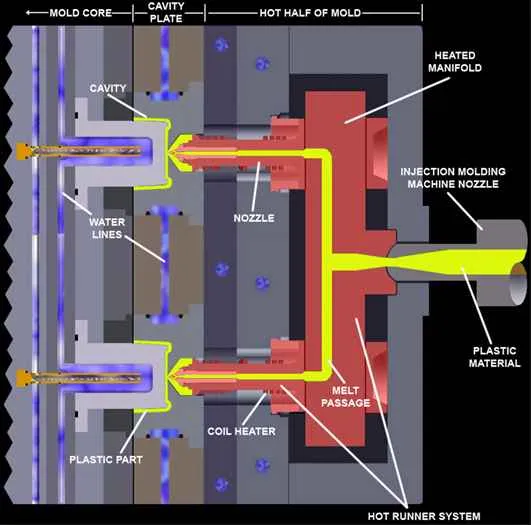
Core Components and Architecture
The fundamental architecture of a hot runner controller consists of several key components working in harmony:
- Microprocessor Unit (MPU) - The brain of the system
- Power Output Modules - Delivering precise electrical power to heating elements
- Temperature Sensors - Typically thermocouples or RTDs for accurate feedback
- User Interface - Display and control panel for operator interaction
- Communication Interfaces - For integration with higher-level control systems
Advanced Control Algorithms and Strategies
Modern hot runner controllers employ sophisticated control algorithms to maintain temperature stability. The most common control strategies include:
| Control Algorithm | Precision Level | Response Time | Application Scenarios |
|---|---|---|---|
| PID Control | ±0.5°C | Medium | Standard molding applications |
| Fuzzy Logic Control | ±0.3°C | Fast | Complex geometries, sensitive materials |
| Adaptive PID | ±0.2°C | Very Fast | High-speed molding, medical components |
| Predictive Control | ±0.1°C | Ultra Fast | Micro-molding, optical components |
PID Control Optimization
Proportional-Integral-Derivative (PID) control remains the foundation of most hot runner temperature regulation systems. Advanced controllers feature auto-tuning capabilities that automatically optimize PID parameters based on system response characteristics, eliminating the need for manual calibration and ensuring optimal performance across varying operating conditions.
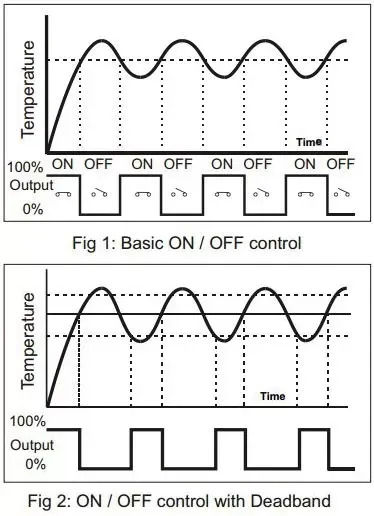
Key Features of Modern Hot Runner Controllers
Contemporary hot runner controllers offer an impressive array of features designed to enhance performance, reliability, and user experience:
Multi-Zone Temperature Management
Advanced controllers can simultaneously manage numerous independent heating zones, each with individual setpoints and control parameters. This capability is essential for complex molds with multiple cavities or varied gate designs.
Intelligent Power Management
Smart power distribution systems optimize energy consumption while preventing circuit overloads. Features such as phase-angle control and burst firing ensure efficient heating element operation while extending component lifespan.
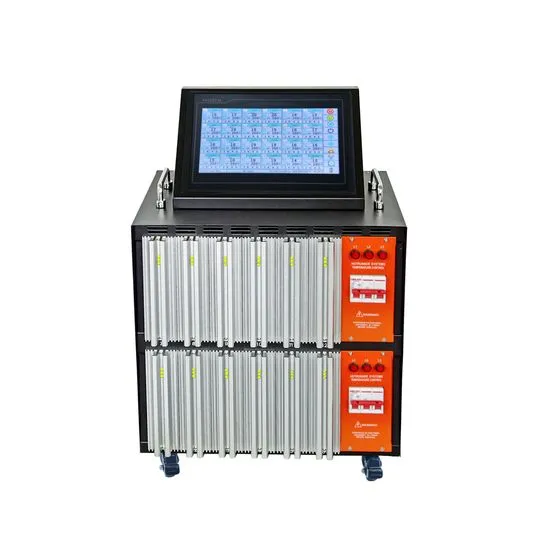
Comprehensive Diagnostics and Monitoring
Built-in diagnostic capabilities continuously monitor system health, detecting issues such as thermocouple failures, heater breakdowns, or wiring problems before they cause production downtime or quality issues.
Integration with Industry 4.0 and Smart Manufacturing
The evolution of hot runner controllers has positioned them as integral components in smart manufacturing environments. Modern systems offer seamless integration with Industry 4.0 frameworks through various communication protocols:
| Communication Protocol | Data Transfer Speed | Compatibility | Key Benefits |
|---|---|---|---|
| Ethernet/IP | 100 Mbps | Rockwell Automation | Real-time monitoring, remote access |
| PROFIBUS | 12 Mbps | Siemens, European systems | Robust industrial communication |
| Modbus TCP | 100 Mbps | Universal compatibility | Easy integration, cost-effective |
| OPC UA | Platform dependent | Cross-platform interoperability | Secure data exchange, cloud connectivity |
Data Analytics and Predictive Maintenance
Advanced controllers collect extensive operational data that can be analyzed to optimize process parameters, predict maintenance requirements, and identify potential quality issues before they occur. Machine learning algorithms can process this data to continuously improve system performance.
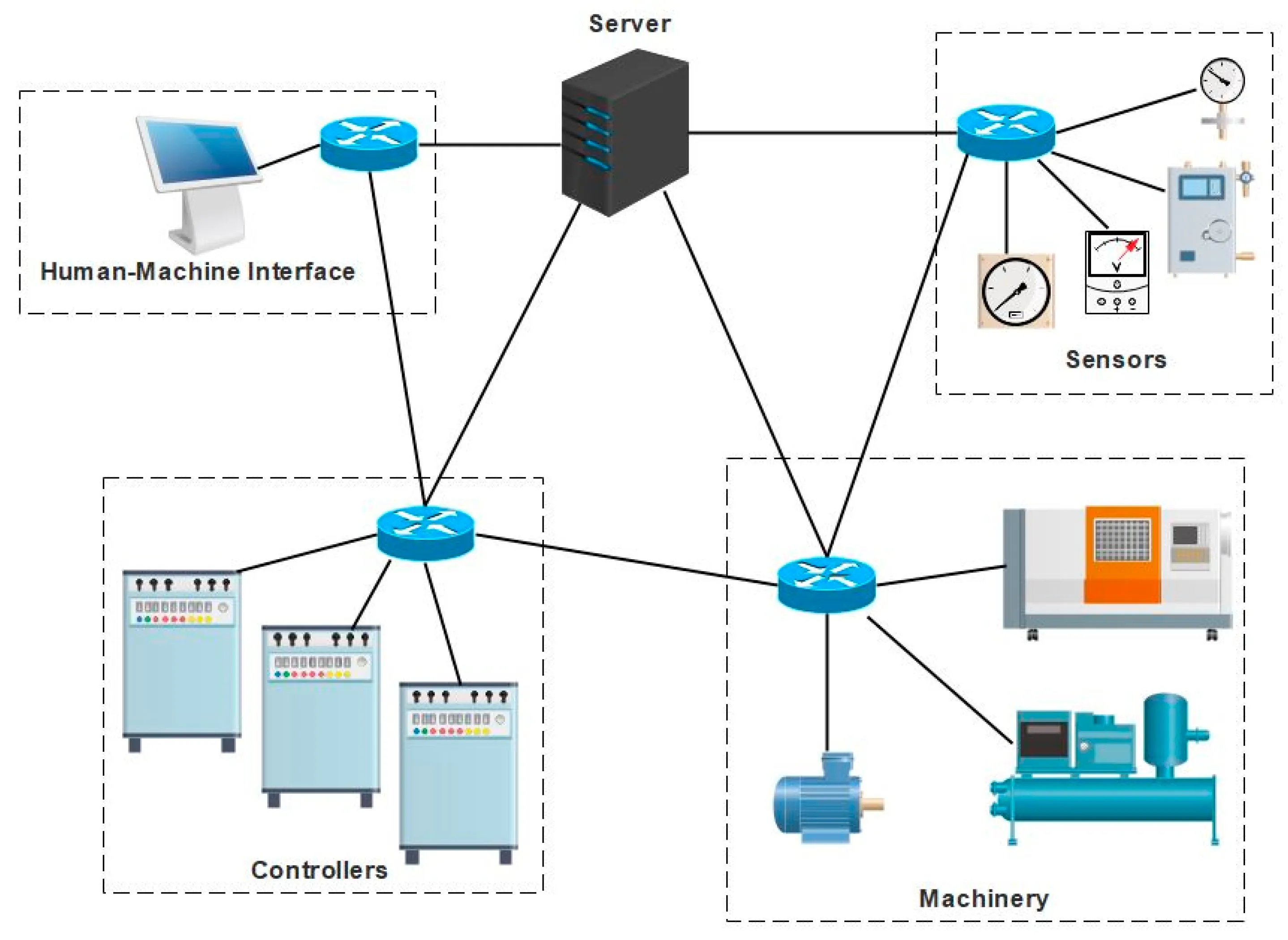
Selection Criteria for Hot Runner Controllers
Choosing the appropriate hot runner controller requires careful consideration of multiple factors to ensure optimal performance and return on investment:
Technical Specifications
- Number of control zones required
- Temperature range and stability requirements
- Power output capacity and phase configuration
- Communication interface requirements
- Environmental operating conditions
Operational Considerations
- Ease of use and operator training requirements
- Maintenance and service accessibility
- Compatibility with existing molding equipment
- Scalability for future expansion
- Technical support and service availability
Future Trends in Hot Runner Control Technology
The evolution of hot runner controllers continues at an accelerated pace, with several emerging trends shaping the future of this technology:
Artificial Intelligence Integration
AI-powered controllers are beginning to emerge, capable of self-optimization based on material characteristics, environmental conditions, and production requirements without human intervention.
Enhanced Energy Efficiency
Next-generation controllers focus on minimizing energy consumption through advanced power management algorithms and more efficient heating element designs.
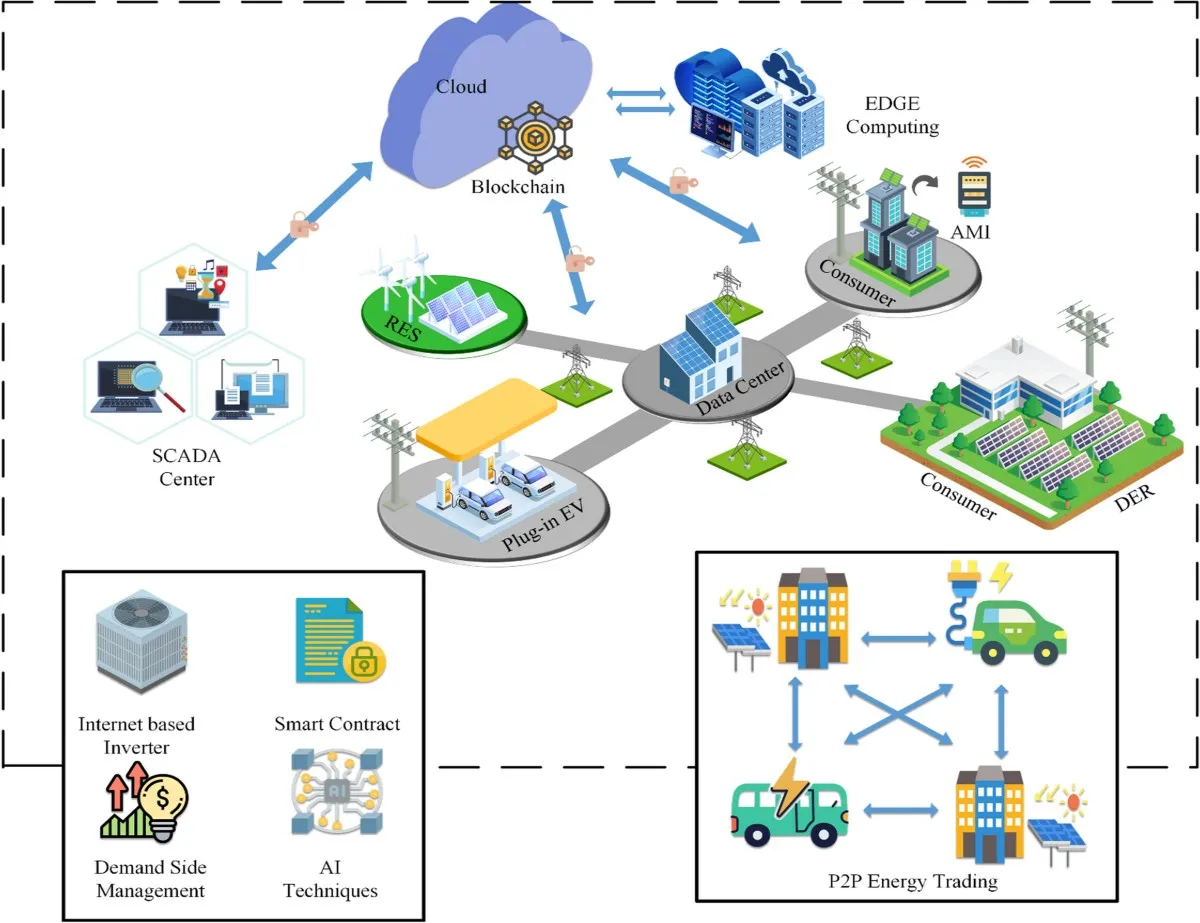
Wireless Connectivity and IoT Integration
The integration of wireless communication capabilities enables remote monitoring and control while facilitating seamless data exchange with cloud-based manufacturing execution systems.
Conclusion: Maximizing Value Through Advanced Control
Hot runner controllers have evolved from simple temperature regulators to sophisticated control systems that significantly impact injection molding productivity, quality, and efficiency. By understanding the technology, features, and implementation strategies discussed in this guide, manufacturers can make informed decisions that optimize their molding operations and maintain competitive advantage in an increasingly demanding marketplace.
The continuous advancement of hot runner control technology promises even greater capabilities in the future, with artificial intelligence, enhanced connectivity, and improved energy efficiency driving the next wave of innovation in plastic injection molding.

